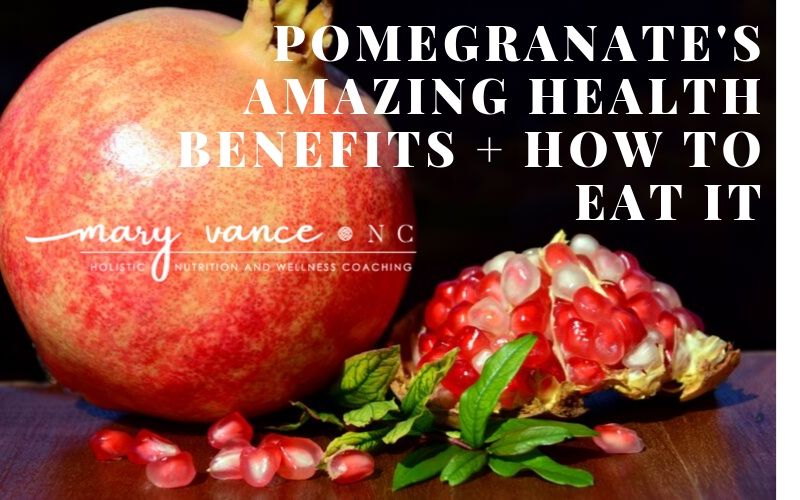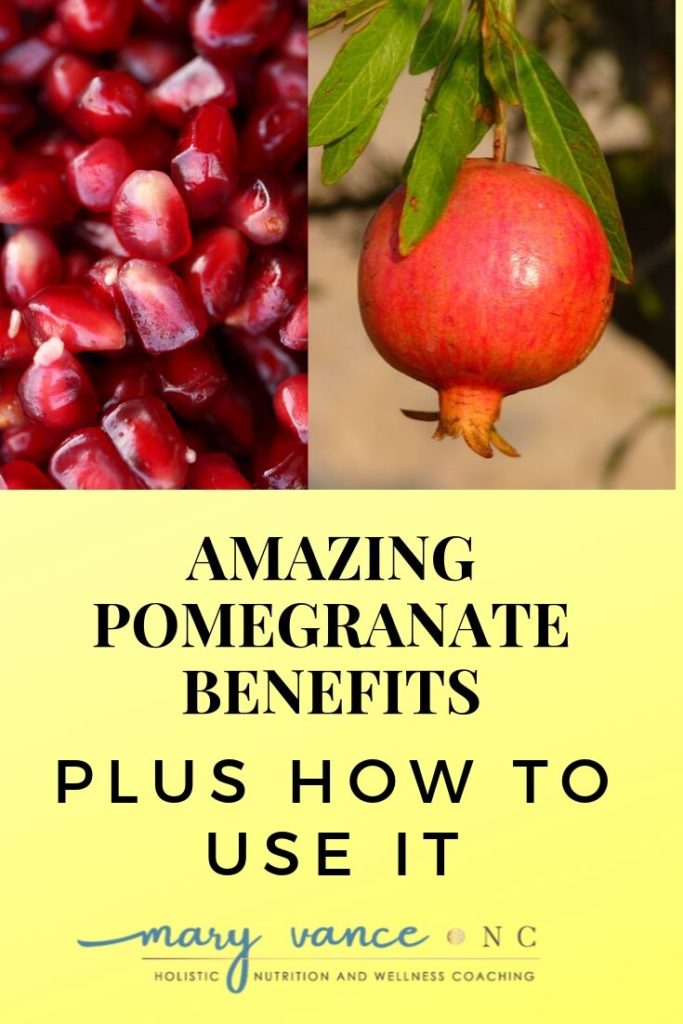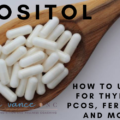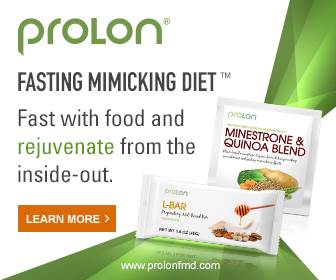Pomegranates used to seem exotic and high maintenance to me until I began regularly including them in my diet and studying more about their fascinating medicinal benefits. I don’t eat a lot of fruit, but I do love berries in a smoothie, and they too pack a huge health punch in terms of antioxidant power. But pomegranates offer a bigger antioxidant punch than acai, green tea, and blueberries. Here are the wonderful benefits of the powerful pomegranate + how to incorporate it into your diet.
About Pomegranates
The pomegranate is indigenous to Iran but now grows in warmer parts of North and South America. I’ve seen the bushes growing in Arizona and California. They’re in season in the fall and winter and taste best then. Pomegranates are an oddly shaped fruit with a tough outer skin. When you open them up, they are home to beautiful ruby colored seed pods called arils. The clear, reddish fruit surrounds a tiny, crisp seed, and the whole aril is edible.
They’re a great source of vitamins C and K and fiber. To be clear, when we talk about eating pomegranates, it’s really these small, tart but slightly sweet arils on the inside of the fruit we’re eating. They burst in your mouth when you eat them and do contain some seed pod fibers. The seeds are surrounded by a pithy membrane that you can also eat, but it’s not super appetizing.
You’ll often see pomegranate juice at the store, and although studies have found that pomegranate juice has some of the greatest antioxidant potency among any beverage (far eclipsing red wine and green tea), make sure you are getting pure pomegranate juice with no added sugar if you go that route. Even 1 cup of pure pomegranate juice contains about 30 grams or 6 teaspoons of sugar, so the seeds are a better choice.
Health Benefits of Pomegranates
Pomegranates are very anti-inflammatory, and that’s probably the root of their massive benefits. Inflammation is a main cause of type 2 diabetes, cancer, heart disease, arthritis, and obesity.
1. Anti-aging: Pomegranates may slow the effects of aging. They’re very rich in ellagitannins, a powerful polyphenol that may boost mitochondrial function (fancy way of saying it gives your cells energy and combats age related degeneration). The sky high antioxidant levels in pomegranate seeds combat oxidation and free radical damage in your body.
2. Gut health: Pomegranate stimulate the growth of bifidobacteria and lactobacilli, 2 of the most important strains of probiotic bacteria in your colon. Pomegranate inhibited Enterobacteriaceae, clostridia, and Bacteroides fragilis, dysbiotic or “bad” bacteria. The seeds are also a source of prebiotics to feed your probiotic gut bacteria. (source)
3. Arthritis pain: Pomegranates contain anti-inflammatory flavonols and polyphenols that may combat pain, probably because these plant chemicals are so anti-inflammatory, and arthritis is an inflammatory condition. (source)
4. Cancer protective: Multiple studies have demonstrated that pomegranate seeds may squelch cancer cell proliferation and even bring about apoptosis, or cell death. (source, breast cancer). May also combat prostate cancer in men. (source)
5. Lowers Blood Pressure & Heart Disease Risk: Pomegranates may be cardio-protective and lower heart disease risk via their ability to protect LDL cholesterol from oxidative damage. Studies have also shown that pomegranate juice decreases carotid artery thickness and improves cardiac blood flow. Data from random clinical trials showed significant reductions in both systolic and diastolic blood pressure after pomegranate juice consumption. (source)
6. Drinking pomegranate juice daily during pregnancy may protect fetal brain connectivity and development, according to a recent clinical trial. Pomegranate juice is rich in polyphenols, nutrients that have been shown to support brain health. Researchers believe these molecules, which can cross the blood-brain barrier, may also protect the brains of babies. (source) Make sure you choose a juice with no added sugar.
Bonus: I often incorporate pomegranate seed oil into my homemade skin serums. It protects the skin from aging and wrinkles and is highly moisturizing and nourishing. Read more about how to use it on your skin here
How to Eat a Pomegranate
Pomegranates may look intimidating. You can’t bite into them after all. They require a bit of finesse. Also, beware the juice will stain, so don’t wear your favorite shirt. Here’s the easiest method I’ve found:
1.Score the fruit into 5-6 sections, but don’t cut all the way through.
2.Pull apart sections. They’ll be shaped kind of like apple slices.
3. Pop the seeds out into a bowl by inverting the sections. You may have to pick some out with your fingers and peel off the membrane.
4. Eat them straight-up (I like them that way); use in smoothies; over coconut yogurt; juice them (I only recommend 1/4 cup max if using the juice, as it’s very high in sugar and fructose; top salads or winter dishes with them. I think they pair well with beets and arugula and are great for chia pudding.
Conclusion
Food is medicinal. We are quick to pop a pill for unpleasant symptoms, but using food and herbs that work with the body to reverse imbalances can be the first line therapy in many cases. (read my favorite medicinal foods here) While medications are necessary in many cases, they do have side effects. Symptoms such as pain or chronic headaches are your body’s way of letting you know there’s an imbalance. If you play detective and seek to find what’s causing the symptoms, often adjusting your diet to get more or less of something– combined with lifestyle adjustments–can save you a prescription for a drug that only masks symptoms and doesn’t correct the underlying imbalance.
If you’re looking to combat pain and inflammation and stay young (who doesn’t want that?), add pomegranates to your diet!
Pin it!

Mary Vance is a Certified Nutrition Consultant and author specializing in digestive health. She combines a science-based approach with natural therapies to rebalance the body. In addition to her 1:1 coaching, she offers courses to help you heal your gut and improve your health. Mary lives in San Francisco and Lake Tahoe in Northern California. Read more about her coaching practice here and her background here.










